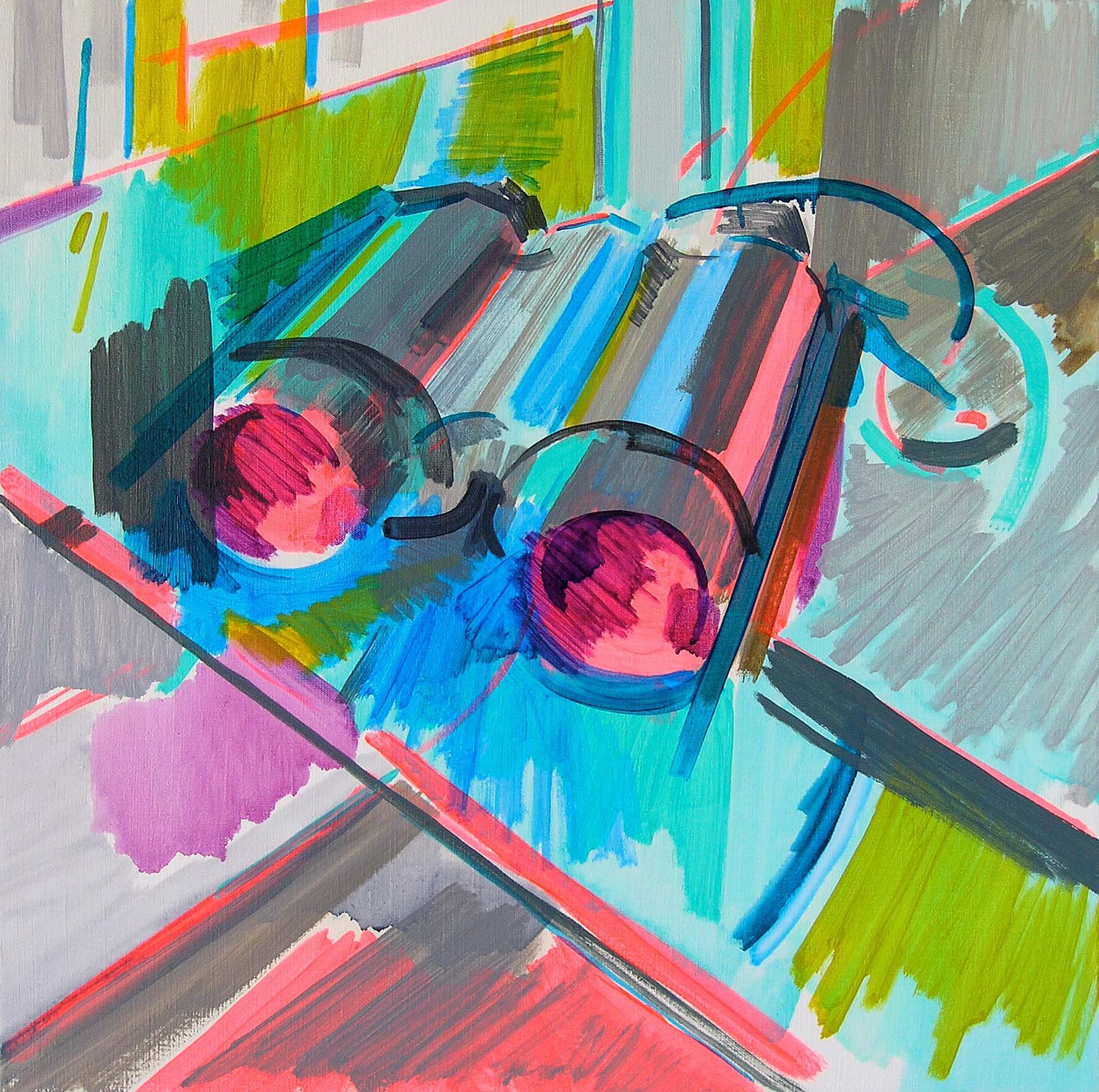Untitled, 2004-2005, oil and acrylic on linen, 94.5x72"
Untitled, 2005, oil on linen, 64x50"
Untitled, 2005, oil and acrylic on linen, 67x77"
Untitled, 2005, oil on linen, 60x45"
Untitled, 2005, oil and acrylic on linen, 72x60"
Untitled, 2005, oil and acrylic on linen, 24x24"
Untitled, 2005, oil on linen, 60x45"
Untitled, 2005, oil on linen, 72x60"
Installation View - All The Good Colors Kill You, David Kordansky Gallery, Los Angeles, 2005
Installation View - All The Good Colors Kill You, David Kordansky Gallery, Los Angeles, 2005
Installation View - All The Good Colors Kill You, David Kordansky Gallery, Los Angeles, 2005
Installation View - All The Good Colors Kill You, David Kordansky Gallery, Los Angeles, 2005
Installation View - All The Good Colors Kill You, David Kordansky Gallery, Los Angeles, 2005
Installation View - All The Good Colors Kill You, David Kordansky Gallery, Los Angeles, 2005
Installation View - All The Good Colors Kill You, David Kordansky Gallery, Los Angeles, 2005
Installation View - All The Good Colors Kill You, David Kordansky Gallery, Los Angeles, 2005
Rogers's paintings render unstable, images of the everyday. Frenetic pictures of landscapes, architectural forms, and domestic interiors are represented as abstract events where layers and marks of paint organize a total image. Thinly applied patches, scribbles, squiggles, stains, dry brush strokes, and fluid lines evade the banality of his source material through vibrating, impulsive, clashing color schemes. Natural and synthetic combinations of fluorescent and organic pigments collide producing an interior light that radiates from the paintings. The effect has been described as "Acid Noir."
The transparent quality of the paint allows for a "looking through" to the layers underneath. This implies depth and immateriality rather than focusing on opacity, which points back to surface and concreteness. Rogers' pictorial strategy treats a mark as a representation of an object and at other times just atmosphere. His charged compositions are defined by a repeated vocabulary of strokes dispersing toxic color combinations. The volatility in the pictures echoes the openness of the marks ticking across the canvas. Rogers' paintings generate a simultaneous coalescence and dissolution that does not take for granted the constructed quality of Modern painting.
Satellite (Mirror), 2005, oil on linen, 47x39"
Street Lamp (Double), 2005, oil and acrylic on linen, 24x20"
The Portrait, 2005, oil on linen, 17x15"
Untitled (Neutra Pl), 2005, oil on linen, 60x72in
Ferndell, 2005, oil and acrylic on linen, 64x50"




















